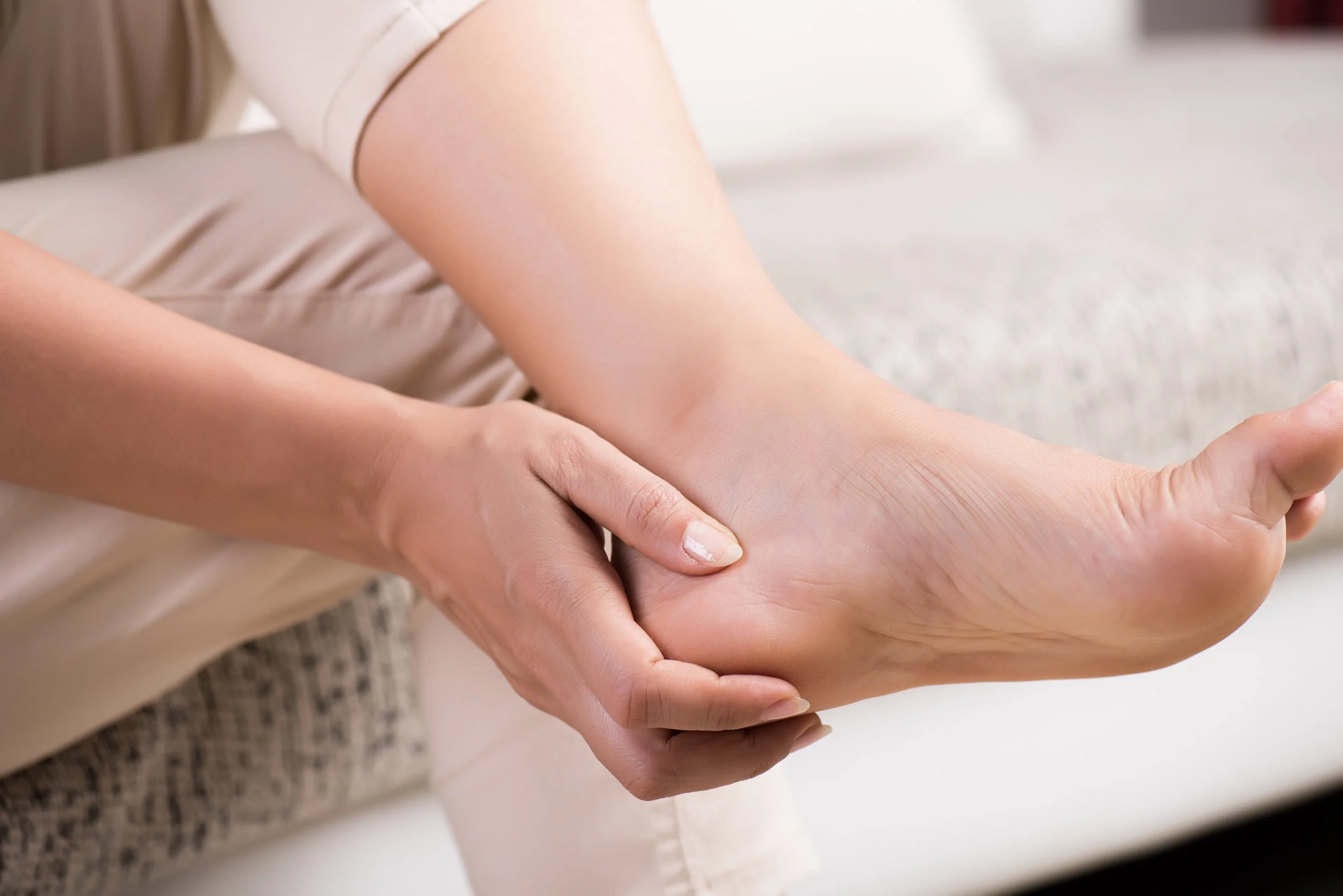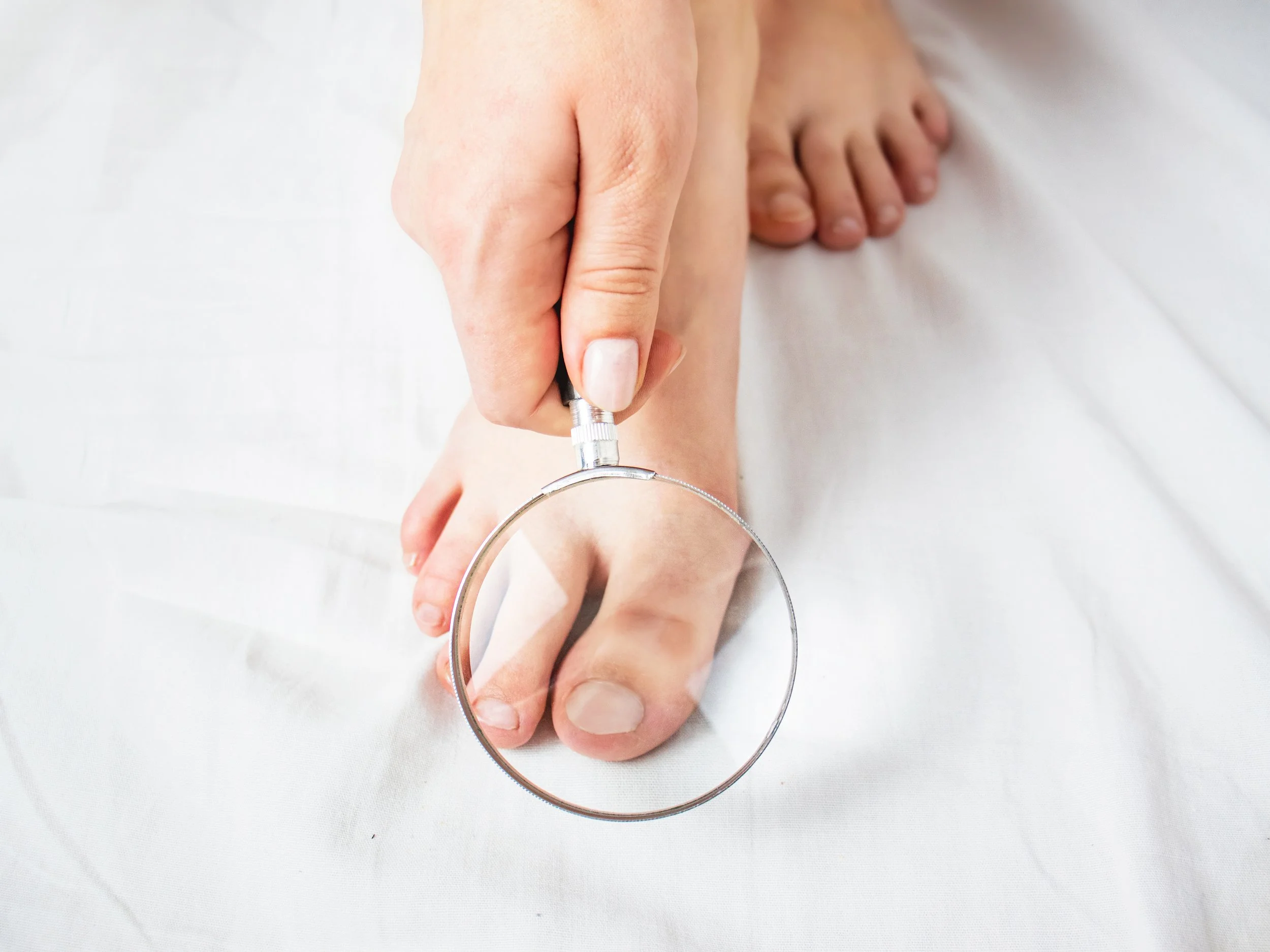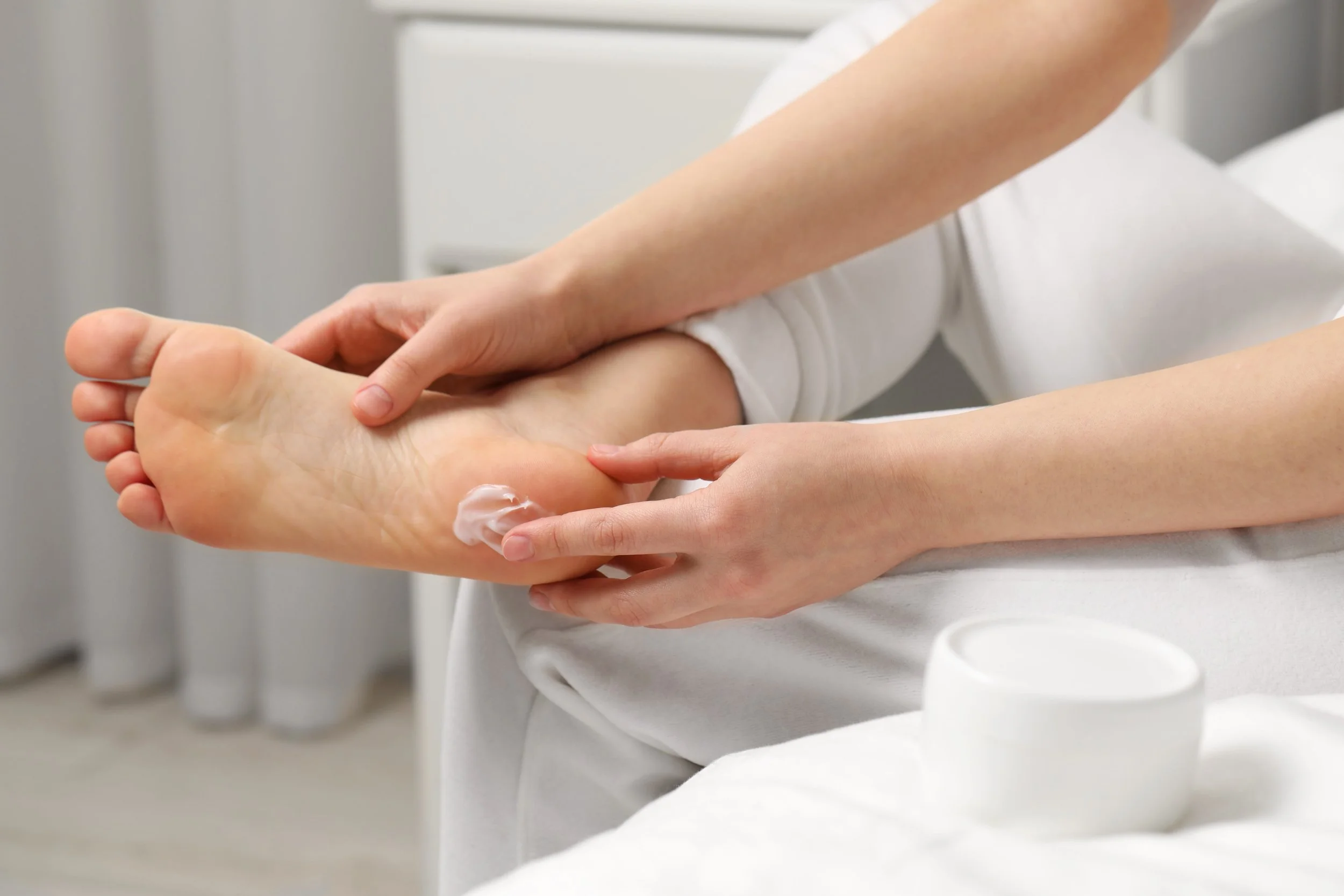Baby, It’s Cold Outside
Oh my goodness, it's been freezing the last few mornings!
Unfortunately, the winter months can exacerbate circulation issues in the lower limbs for many. Cold weather may constrict blood vessels, leading to a variety of uncomfortable and sometimes severe foot conditions.
Understanding these issues and how to manage them is crucial for maintaining healthy legs and feet through the cooler months.
Common Winter Circulation Conditions
Chilblains
Chilblains are a cold-induced blood vessel reflex and inflammatory response. They occur when skin is exposed to cold and then warmed too quickly.
This can cause painful, red, itchy patches, swelling, and sometimes blistering on the toes and feet.
Raynaud's Disease
Raynaud's Disease, also known as primary Raynaud's, is a condition where small blood vessels in extremities, such as fingers and toes, constrict excessively in response to cold or stress.
This leads to episodes of colour changes (usually white/blue), numbness, and pain.
Raynaud's PHENOMENON
Raynaud's Phenomenon, or secondary Raynaud's, presents the same symptoms as Raynaud's Disease but occurs as a secondary condition to an underlying issue such as autoimmune or connective tissue disease or other causes like chemotherapy.
Peripheral Artery DiseasE
Peripheral Arterial Disease involves narrowing peripheral arteries caused by atherosclerotic plaques, reducing blood flow to the limbs.
Symptoms include leg pain when walking (claudication), numbness, and coldness in the lower legs and feet.
Cold weather can worsen these symptoms as blood vessels naturally constrict in the cool weather to conserve heat.
Deep Vein Thrombosis
Deep Vein Thrombosis (DVT) occurs when blood clots form in deep veins, usually in the legs.
DVT symptoms include swelling, pain, warmth, and redness in (typically) one leg only.
While DVT is not specifically caused by cold weather, the sedentary lifestyle accompanying winter can increase the risk as prolonged inactivity can contribute to clot formation.
When should I see a podiatrist?
If you experience persistent coldness, numbness, or pain in your lower limbs during winter, it's important to consult your healthcare practitioner.
Our podiatrists can provide a thorough vascular assessment to identify underlying circulation issues and recommend appropriate treatments.
Winter lower limb circulation conditions can be uncomfortable and potentially serious, but with proactive measures, symptoms can be effectively managed.
Keep those feet warm, Blackwood!








